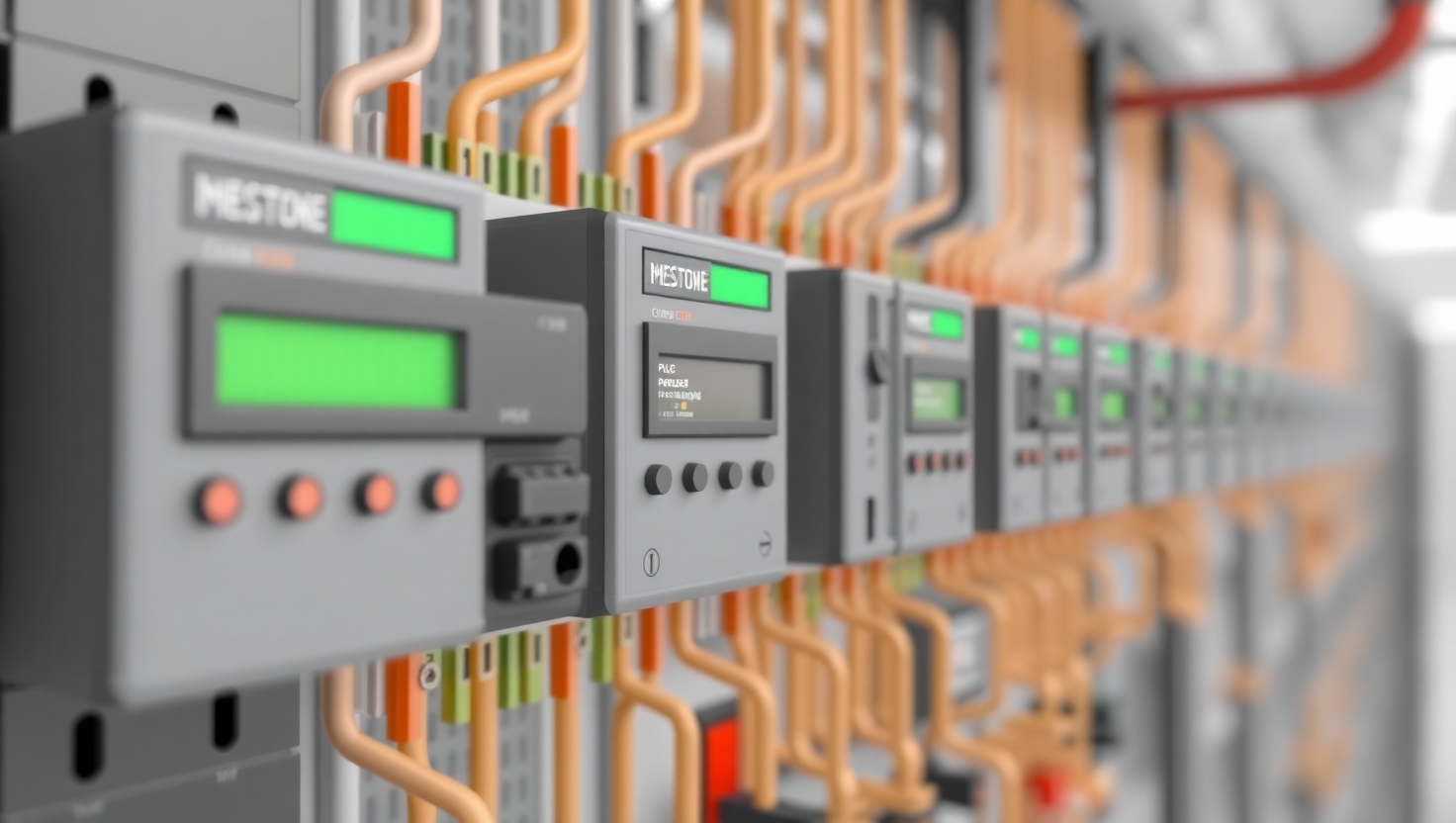Programming controllers is such a fascinating world, full of endless possibilities to control complex systems. But it also comes with its share of challenges that can turn a successful project into one stuck because of a tiny mistake. When you start working with industrial controllers like PLCs or small microcontrollers, there are plenty of details and different technologies involved, which means there are many common mistakes that can happen during development. What I love about this field is the ability to build systems that “talk” to the physical world and bring smart solutions to all kinds of industries. At the same time, I know that the path to success goes through avoiding simple errors that can cost a lot in time, money, and patience.
One of the most common mistakes in controller programming is ignoring proper timing of operations. In the world of controllers, everything has to happen at just the right moment — whether it’s reading sensors, controlling motors, or doing calculations. When the code isn’t timed correctly, you might get conflicting actions or delays, which can lead to unexpected errors or even damage to the system. The best way to avoid this is to really understand the controller’s work cycles, know when and how to read data and when to send commands, and design the logic accordingly. Using tools like timers and interrupts properly can ensure the system runs smoothly without hiccups.
Another problem many programmers face is poor memory and interface management. Controllers usually have limited resources, and when you don’t plan your memory use carefully, leaks or performance issues can happen. I’ve seen code where variables or large arrays keep getting added or left open without proper release, which causes unpredictable crashes. Also, communicating with external devices like sensors or communication interfaces needs to be carefully planned to avoid data loss or sync issues. Knowing the protocols deeply and using error-checking methods helps create more reliable and stable systems.
It’s also important to emphasize proper testing and debugging. Controller programming requires thorough testing in real-life situations because sometimes issues that are hard to spot in simulators only appear when the system is actually running. Programmers who rush to finish development without dedicating quality time to testing and debugging often end up facing frustrating problems that slow down the entire operation. To avoid this, it’s smart to set up a testing environment with tools that let you monitor the controller’s actions in real time, do stress tests, and create varied scenarios that help catch bugs early.
Finally, a disorganized approach to documenting the code and system is a major cause of future problems. When code isn’t well documented, other programmers—or even the original developer—have a hard time understanding the logic later on, which makes changes, fixes, or upgrades difficult. Detailed documentation, including diagrams, code comments, and clear guidelines, isn’t a luxury — it’s a must to make sure systems stay manageable and understandable even years after the initial development.
In the end, programming controllers is a precise and challenging field that constantly invites us to learn and improve our skills. Mistakes are inevitable, but with proper planning, attention to timing, memory management, thorough testing, and clear documentation, most of them can be avoided, turning every project into a real success. What excites me most about this field is the feeling that every system I develop brings us closer to a smarter, more efficient world where technology meets reality in a precise and intuitive way.














